Jargon buster
Unsure of some of the jargon used within the print industry?
Confused? See our no-nonsense print terminology guide to help make sense of it all.
Application software carries out a specific task such as the creation of documents. Examples include industry-standard commercial applications such as Quark XPress and Adobe Photoshop.
Substandard rendering of a graduated tint by some systems can produce a banding effect. Unless intentional the result is always undesirable.
Bleed refers to printing that goes beyond the edge of the sheet after trimming.
Coated paper generally provides a better printing surface, producing less dot gain and better highlight definition and stronger colours.
Digital printing systems are generally used for short or customised print-runs. They don’t need film or plates as they image using data fed directly onto the press.
Dithering techniques compensate for a restricted colour gamut by simulating colours from adjacent dots of other colours in a bit-image.
Dot gain describes the spread of ink outside the original circumference of each of dot making up the image.
DPI is a measurement of resolution of a printed image as determined by the number of dots that fit into one inch. The higher the concentration of dots per inch, the sharper the image.
The colour gamut of a system defines the limits of the shades and hues that can be displayed or rendered on screen or in print.
Each pixel on a greyscale monitor can display gradations from white to black. This is important for the quality display of halftone black and white images.
The space between the printed area and the binding edge (often known as the margin).
Imposition is a technique for arranging sets of separations into the required print layout (formes) required by the printer.
Margins are the unprinted area around the edges of a page.
Offset litho print uses a technique where the inked image is transferred (or offset) from a plate to a blanket then onto paper. And when used in combination with the lithographic process (the natural repulsion of oil and water) the non-printing areas remain ink-free.
A digital printing technique which allows the printer to select pages from a database for inclusion in an individual document.
Perfect binding is a method where all pages are trimmed to a single sheet, clamped together, glued and a cover wrapped around the spine.
PostScript is the page description language (PDL) developed by Adobe as the common standard for the printing and publishing industries.
Marks on film separations to allow them to be lined up accurately. Registration marks also appear on proofs to show the trim area of the page.
Trapping software creates a small overlap between colours to allow for registration errors which could show fine white lines between adjacent colours.
UCR describes a method of replacing elements of cyan, magenta and yellow with black to avoid an undesirable build up of ink on a printed sheet in dark areas.
The ability to vary text and image elements on a Digital printing press.
The use of geometrical algorithms (such as points, lines, curves, and polygons) to represent images in computer graphics. By contrast, the term raster graphics is the representation of images as a collection of pixels (dots).
The technique used in digital printing systems to create numerous versions of a basic document – typically, different language versions.
Litho printing
Top quality, cost-effective, offset litho printing. We promise a ‘full service’ approach to short, medium and long run litho print for business or trade.
Digital printing
You need outstanding quality, speedy delivery and value for money. Welcome to the world of digital print. This is also our world.
Large format
Put your design to work with large format printing. Both indoors and outdoor applications for posters, signage and exhibition.


